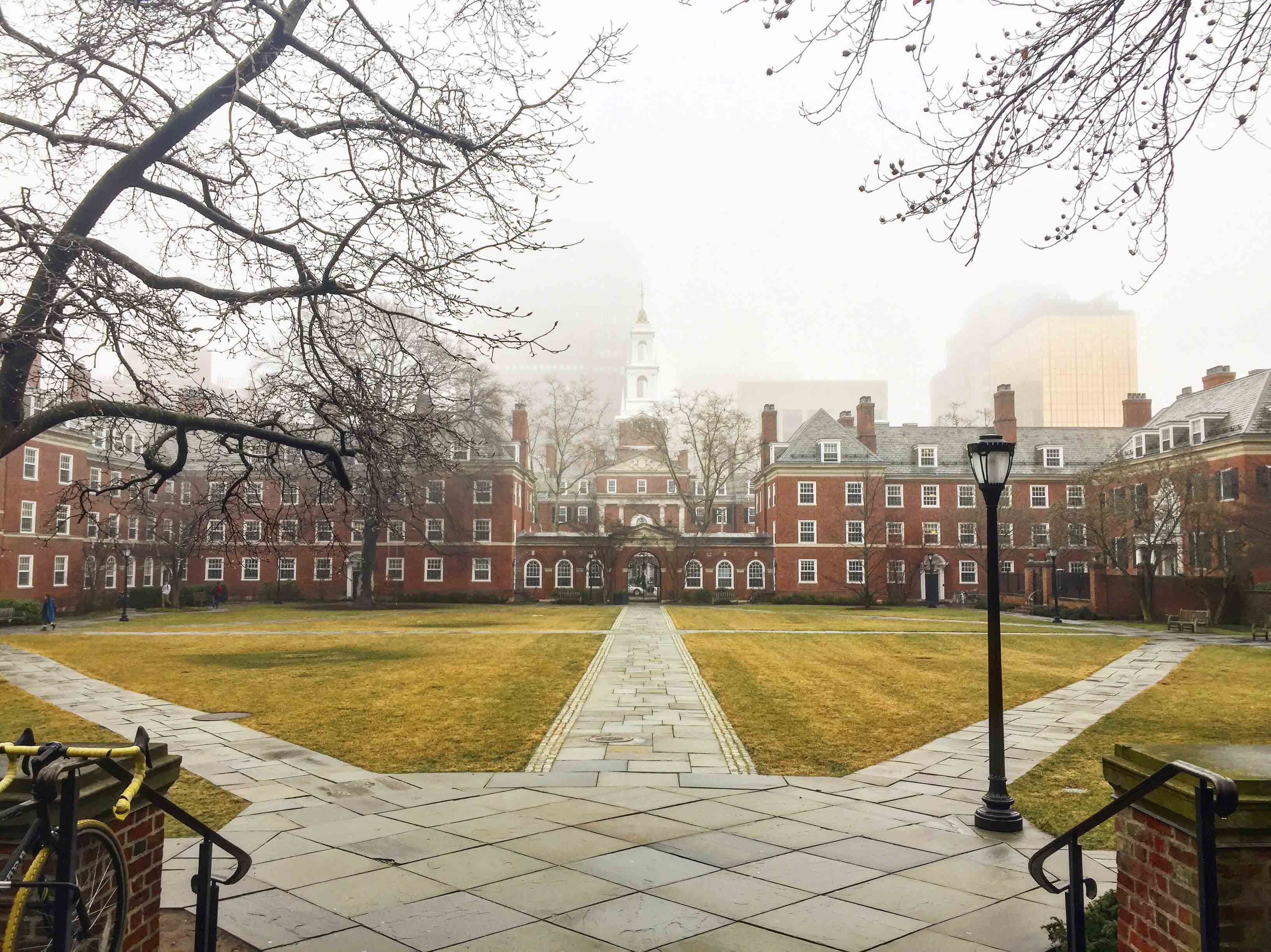
One hundred and eighty students transferred to a different residential college this semester, with Silliman College seeing the highest ratio of transfer applications from outside students to requests from affiliated students to leave the college, according to data from the Yale College Dean’s Office.
This year, 25 students applied to transfer to the centrally located Silliman, while just seven students originally affiliated with the college submitted applications to transfer out. Despite the high number of applications it received, Silliman accepted only seven new students. Colleges located further away from the center of campus generally saw the highest numbers of applications from students wishing to transfer out: 36 students in total will be leaving Pierson and Davenport colleges — the colleges located on York Street — while Timothy Dwight College, which is located on Temple Street, will lose 17 students of the 20 who applied to transfer out. Just five students applied to transfer to Timothy Dwight, and all of them were accepted.
The Silliman and TD deans did not respond to requests for comment from the News.
The new colleges on Prospect Street, Benjamin Franklin and Pauli Murray, stood out as exceptions from the trend of colleges located farther from the center of campus losing high numbers of students. Just 11 students submitted applications to leave Pauli Murray — a number more than offset by the 23 transfer students who will join the college in the fall. And although 17 students applied to leave Benjamin Franklin, 20 applied to transfer into the college, 13 of whom were accepted.
Head of Paul Murray College Tina Lu said that when deciding which transfer applications to accept, college heads and deans do not have a “magic formula.” In general, students who file transfer applications are required to submit a statement along with a basic form listing potential roommates in the college they wish to transfer to and detailing their current living situation.
“When we talk about who we end up taking it’s a pretty soulless process because there are physical limits to the architecture and none can lose too many or gain too many,” Lu said. “People end up getting impacted even if its two unrelated colleges because of the cascade effect. Ultimately it’s not about who the heads of college love. We know that we can only have, say, a junior class that’s this big and no college is bleeding too many people.”
Students receive college assignments the summer before their first year and may opt to transfer out of their assigned colleges for a number of reasons, such as a desire to live with friends elsewhere on campus or to be geographically closer to their classes.
Jacqueline Hayre-Perez ’21, who is transferring from Jonathan Edwards College to Ezra Stiles College, said she preferred the study spaces in Stiles and expressed interest in working in the college buttery.
“My community here at Yale is mostly within Stiles,” Hayre-Perez wrote in the statement in her application.
Many activities in Stiles are restricted to students in the college, she said, which means she’s unable to join her friends when they participate in them.
While most transfer applicants are in their first year, upper-level students interviewed by the News said it was important to them that they graduate from a college with a strong community.
Sarah Strober ’20, who transferred from Silliman to Morse after her first year but will return to Silliman in the fall, said that although college affiliation is “not the biggest deal,” she grew to love Silliman’s traditions.
“I think that each college has a personality and its own community, and some communities seem stronger than others at first,” said Strober. “[Silliman has] a lot of community food events, the Silliman recipe book, invitations to bake cookies, and they host a ‘Happiness Week.’”
Strober, who will be living off campus next year, said her decision to reaffiliate with Silliman came down to “where I want to graduate from and where I wanted to have family dinners.”
According to Lu, transfer acceptances and rejections are a product of collaborative decision-making among deans, who assess transfer numbers and room capacities. Dean of Student Affairs Camille Lizarríbar added that the residential colleges do their best to accommodate students’ preferences but cannot always do so because of limited space.
“It’s about maintaining equity and stability,” Lu said. “This is about keeping people happy but also recognizing that stable community is valuable.”
Julianna Lai | julianna.lai@yale.edu
Clarification, March 8: This story has been updated to better reflect Jacqueline Hayre-Perez’s reasons for wanting to transfer to Ezra Stiles College.







